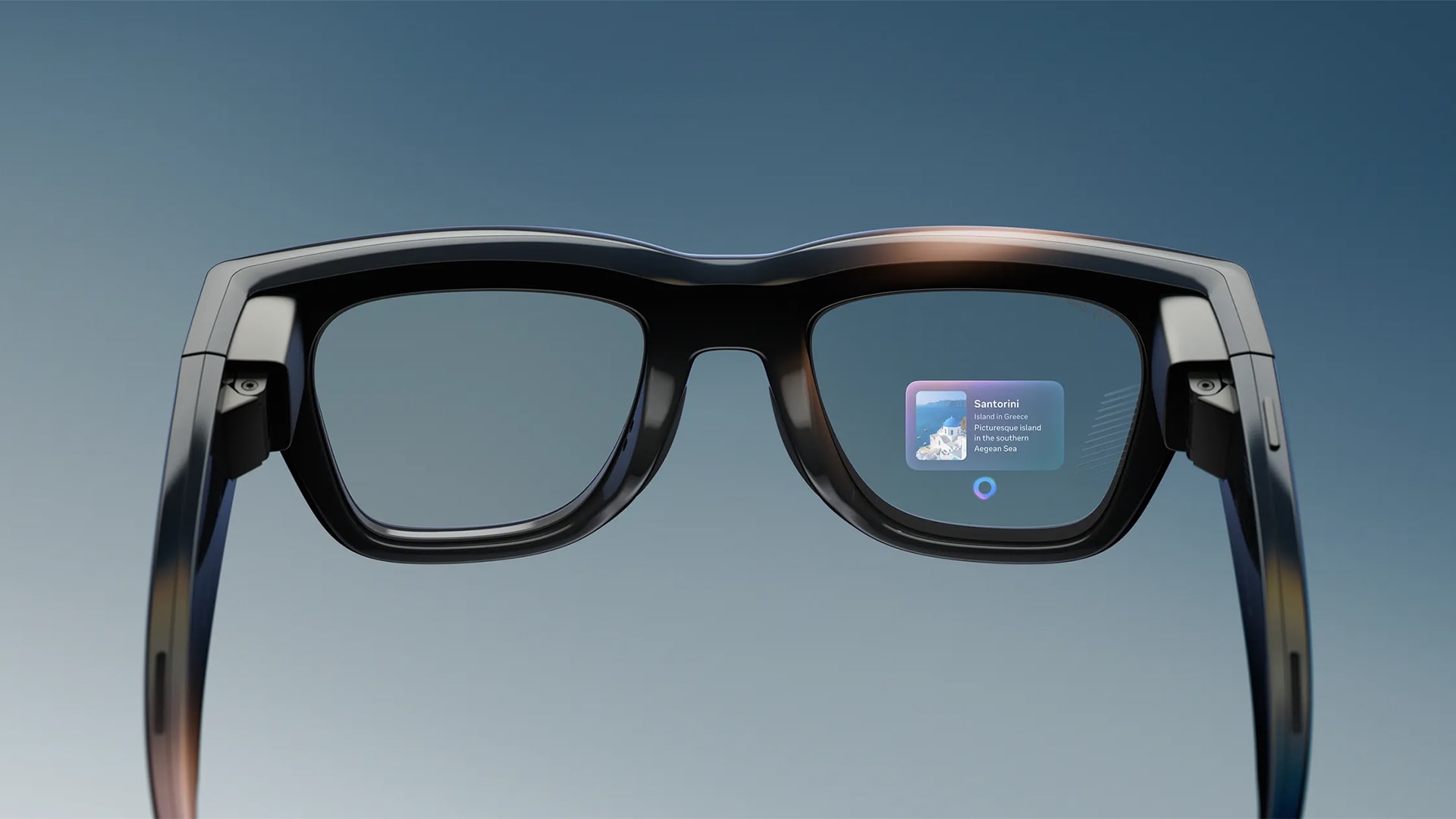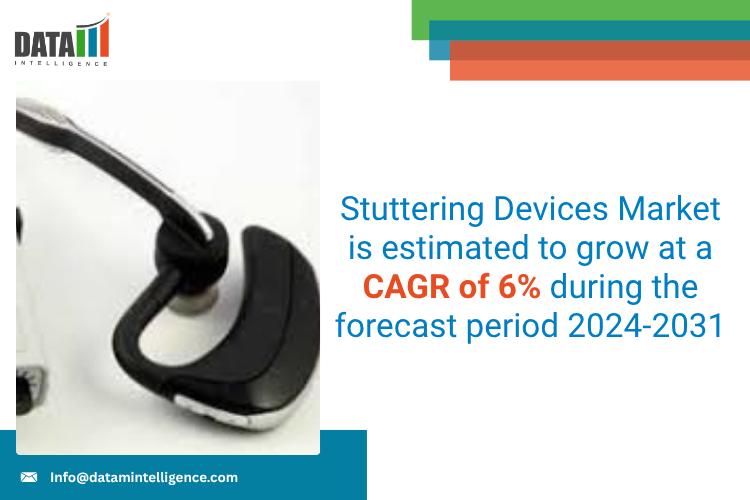Summary
As smart glasses gain traction, they could soon redefine how we see and interact with technology.
Source: kr-asia.com

AI News Q&A (Free Content)
Q1: What are the main features of modern smart glasses, and how do they differ from early models?
A1: Modern smart glasses have evolved from basic front-end display devices to sophisticated wearable computers. They now run self-contained mobile apps, support wireless technologies like Bluetooth, Wi-Fi, and GPS, and include features such as augmented reality (AR) overlays, activity tracking, and voice command functionalities. Early models could perform basic tasks like serving as a display for remote systems, whereas new versions are independent devices capable of complex interactions and enhanced connectivity.
Q2: How are smart glasses being integrated into smart environments according to recent research?
A2: Recent research highlights the integration of smart glasses into smart environments through wireless connectivity for person recognition. This involves using wearable computing devices that communicate via Wi-Fi and Bluetooth to interact with and adapt to their surroundings. This approach enhances the interactivity and functionality of smart environments, allowing for seamless communication between devices and users.
Q3: What are the potential applications of smart glasses in enhancing safety in smart cities?
A3: Smart glasses can significantly contribute to enhancing safety in smart cities by creating networks of wearables that exchange positional and path data rapidly among users. This can help identify collision risks and provide real-time feedback on collision resolution through intuitive displays on the smart glasses, contributing to safer and more efficient urban mobility.
Q4: What are some recent developments in the design of smart glasses, such as the Ray-Ban Meta series?
A4: The Ray-Ban Meta series, a collaboration between Meta Platforms and EssilorLuxottica, features advanced components like dual cameras, open-ear speakers, a microphone, and a touchpad built into the frame. These glasses are integrated with Meta AI for enhanced capabilities such as multimodal input via computer vision. However, they have faced criticism regarding privacy concerns due to the small size of the recording indicator light.
Q5: What are the challenges and criticisms associated with the use of smart glasses in pharmacy unit inspections?
A5: A study on integrating smart glasses with a pharmacy compliance mobile app indicated challenges in efficiency and user satisfaction. While intended to enhance the inspection process, the use of smart glasses actually increased the time taken for documentation and received lower satisfaction scores compared to traditional methods. These findings suggest the need for further refinement of smart glasses technology to meet user expectations effectively.
Q6: What are the health implications of using smart glasses as a wearable technology?
A6: Smart glasses, as wearable technology, can influence health both positively and negatively. They enable hands-free operation and can reduce screen time, potentially alleviating eye strain. However, prolonged use might lead to issues such as digital eye strain or discomfort from extended wear. More research is needed to fully understand the long-term health implications of their use.
Q7: How is the academic community contributing to the development and understanding of smart glasses technology?
A7: The academic community is actively researching smart glasses technology to explore its applications and implications. Studies are focusing on integrating smart glasses into various environments, analyzing their efficiency in different tasks, and assessing their impact on user interaction and satisfaction. These insights are crucial for refining smart glasses technology and expanding its practical applications.
References:
- Smartglasses
- Ray-Ban Meta
- Classification of Smart Environment Scenarios in combination with a Human-Wearable-Environment-Communication using wireless connectivity
- Friess, K., Volker Herwig, H. C.
- Short range networks of wearables for safer mobility in smart cities
- Sharma, K., Claudel, C.
- Evaluation of pharmacy unit inspection utilizing a mobile application with smart glasses





